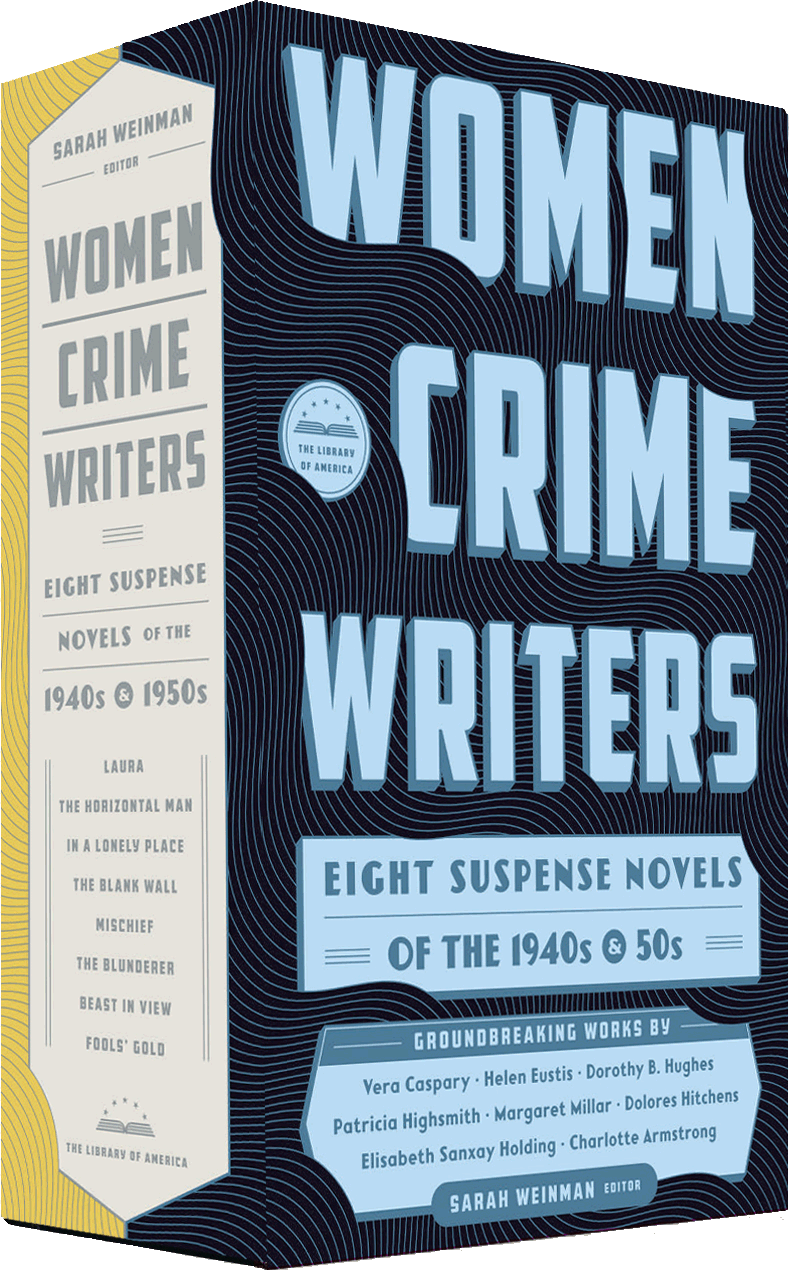As Much as Things Change
Lisa Unger on Charlotte Armstrong’s Mischief

Lisa Unger
Tonight is the night, the big event. As Charlotte Armstrong’s Mischief begins, Peter O. Jones, small-town newspaper editor, and his wife Ruth have come to New York City so that Peter can accept an award. They are nervous but excited about the glamorous evening stretching out before them. There’s just one problem. Peter’s sister, who was scheduled to babysit the couple’s nine-year-old daughter Bunny, has cancelled. The couple has been forced at the last minute to hire the niece of the hotel elevator man to sit with their daughter—a stranger.
From a mother’s perspective, there could hardly be a more perfect setup for nail-biting crime fiction—in 1950 or in 2015—as there is in Mischief. The tension kicks in right away when young Nell shows up and seems a bit off—too flat, not hitting the right notes that might put a worried mother at ease. Still, Ruth and Peter leave for the event, though Ruth leaves a little bit of herself behind—worried, anxious. She must be there for her husband, wants to be, and yet to do that she must leave Bunny.
Ruth’s instincts have not lied. Soon it will become clear that Bunny is far from safe in Nell’s care. This is now a classic theme in domestic suspense: the trusted stranger, the one we willingly let through our front door, is the one who poses the greatest threat. The figure of the stranger outside, lurking in the shadows, is frightening. Armstrong knows that the one already inside is far more frightening. No mother has left a child in the care of another without imagining every possible dark scenario, and Armstrong’s Nell is the worst of nightmares.
Armstrong, an Edgar Award–winning author of over thirty novels and a pioneer of domestic suspense, deftly shifts between points of view, from Ruth the loving mother, to the manipulative and unstable Nell, and from Jed, the disgruntled young man whose rejection by his girlfriend sets him up for Nell’s enticements, to the other hotel guests whose suspicions are aroused as the night wears on. She perfectly inhabits each character, creating a mosaic of perspectives, each one ratcheting up the suspense and offering an insightful glimpse into the human psyche and the cultural mores of the era.
The female characters in Mischief struggle to operate within the confines of the cultural expectations of their time, but there are no helpless women in this novel. A black nursemaid caring for a guest in the hotel confronts Nell when she hears Bunny’s terrified cries and stands her ground even though her own son advises her, “You can’t stick your nose in that white girl’s business.” A schoolteacher watching in horror from across the courtyard as she sees Bunny in jeopardy battles her anxieties and forces her way into the Jones’s room. And it’s when Ruth finally obeys her deep instincts that we see her for what she really is: a good wife, a loving mother, a former tomboy, and in the explosive ending, the hero of the story.
Extras
Amazon’s Charlotte Armstrong Page
Mysterious Press’s Charlotte Armstrong Primer
“Murder Culture: Adventures in 1940s Suspense” by David Bordwell
“First You Read, Then You Write” by Francis M. Nevins at Mystery*File
The editorial and publishing process that led to Armstrong’s “The Enemy” winning Ellery Queen Mystery Magazine’s 1951 short story contest.
“The Feminist Murder-Mysteries of Charlotte Armstrong” by Imran Khan, at Popmatters


 Sarah Weinman is widely recognized as a leading authority on crime fiction. She is the editor of Troubled Daughters, Twisted Wives: Stories from the Trailblazers of Domestic Suspense, which the Los Angeles Review of Books called “simply one of the most significant anthologies of crime fiction, ever.” She is the news editor for Publishers Marketplace, and her work has appeared in The New York Times, The Wall Street Journal, the National Post, and The Washington Post, among other publications.
Sarah Weinman is widely recognized as a leading authority on crime fiction. She is the editor of Troubled Daughters, Twisted Wives: Stories from the Trailblazers of Domestic Suspense, which the Los Angeles Review of Books called “simply one of the most significant anthologies of crime fiction, ever.” She is the news editor for Publishers Marketplace, and her work has appeared in The New York Times, The Wall Street Journal, the National Post, and The Washington Post, among other publications.